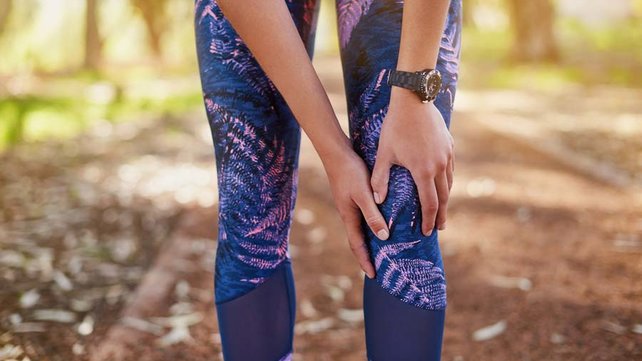Golf and Physical and Occupational Therapy: Improve Your Game and Prevent Injuries

Golf is known as a low to moderate intensity exercise, but it does put heavy demands on the body. The golf swing is a complex, full body motion that puts a lot of force through your bones, muscles, and ligaments. Working with a physical/occupational therapist can help you improve your game by improving how your body moves.
What are some common golf injuries?
Due to the repetitive, rotational motion of the torso required for a powerful golf swing, golfers are likely to experience injuries of the lower back, upper back, and neck. Other areas that can be affected include the hips, shoulder, elbow, and wrists. These injuries often occur from overuse, poor technique, or lack of flexibility and strength.
How can physical or occupational therapy help prevent golf injuries?
A physical/occupational therapist works with their patients to create routines of exercises that enhance cardiovascular fitness, flexibility and mobility, balance, power and speed, and strength in key areas used during a round of golf. This helps reduce the risk of strain on muscles and joints.
Improved flexibility and mobility
A golf swing requires a high degree of rotation in the hips, spine, and shoulders. A physical/occupational therapist may focus on exercises to increase the flexibility of these areas to achieve a more fluid swing. Mobility training and warm-up drills can also help golfers increase their clubhead speed and reduce the risk of future injuries.
Building strength to support the body
Core strength plays a key role in stabilizing the body during a golf swing. A strong core allows the golfer to generate power, maintain posture, and reduce stress on the lower back. Physical/Occupational therapists can help their patients work on core stabilization, as well as providing hip and shoulder exercises to help golfers improve control and balance during their swing.
Posture and alignment
Poor posture can lead to compensation and imbalances that result in injury. A physical/occupational therapist can analyze a golfer's posture and provide corrective exercises to align the body more efficiently for the swing. Therapy may include exercises to correct overactive or weak muscles that are affecting posture, which can improve the biomechanics of the golf swing and reduce stress on the joints.
Working with a physical/occupational therapist can help golfers enhance their performance by focusing on improved strength, flexibility, and biomechanics.
Rehabilitation after a golf injury
When injuries occur from playing golf, physical/occupational therapy is crucial for rehabilitation. Whether recovering from lower back pain, elbow or wrist pain, rotator cuff injury, or knee or hip surgery, a physical/occupational therapist can help golfers regain the strength, flexibility, and function needed to return to the sport.
Whether recovering from an injury or looking to optimize performance, working with a physical/occupational therapist can provide golfers with the tools needed to get back in the swing of things.
For more information on how Brown University Health Outpatient Rehabilitation Services can help you move like you're meant to, visit our website.

About the Author:
Julie Valois, MPT, DPT, C-PS
Julie Valois, MPT, DPT, C-PS, is a physical therapist with Brown University Health Adult Outpatient Rehabilitation. Valois is functional movement screen certified and has completed the National Academy of Sports Medicine Optimum Performance Training for performance enhancement.

Be Well Newsletter
Reduce Your Risk for Sports Injuries

If you take care to protect yourself while enjoying sports, you can reduce your risk for most types of sports injury.
Find a Doctor

The right provider is in our network
Search more than 1,200 providers in our network.



